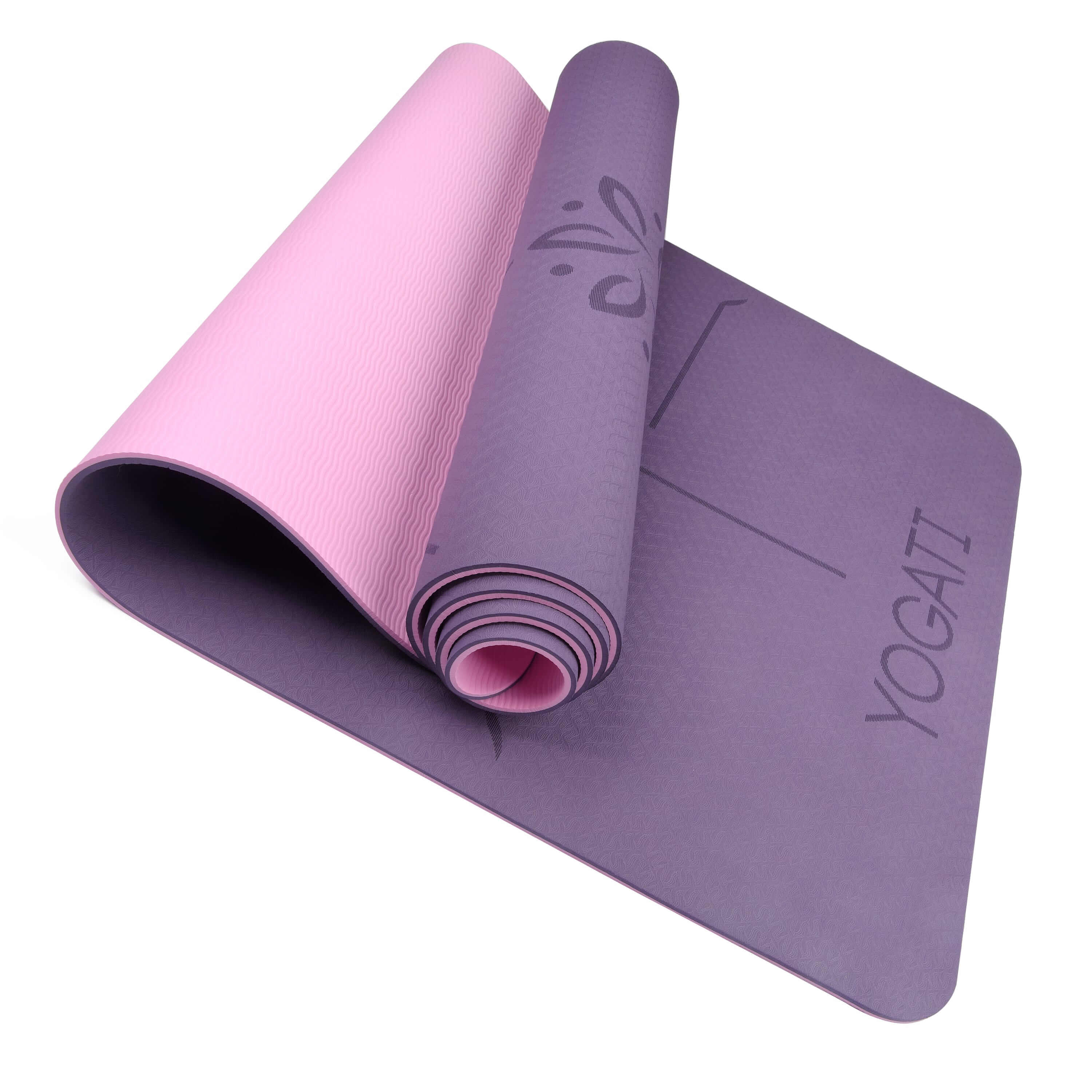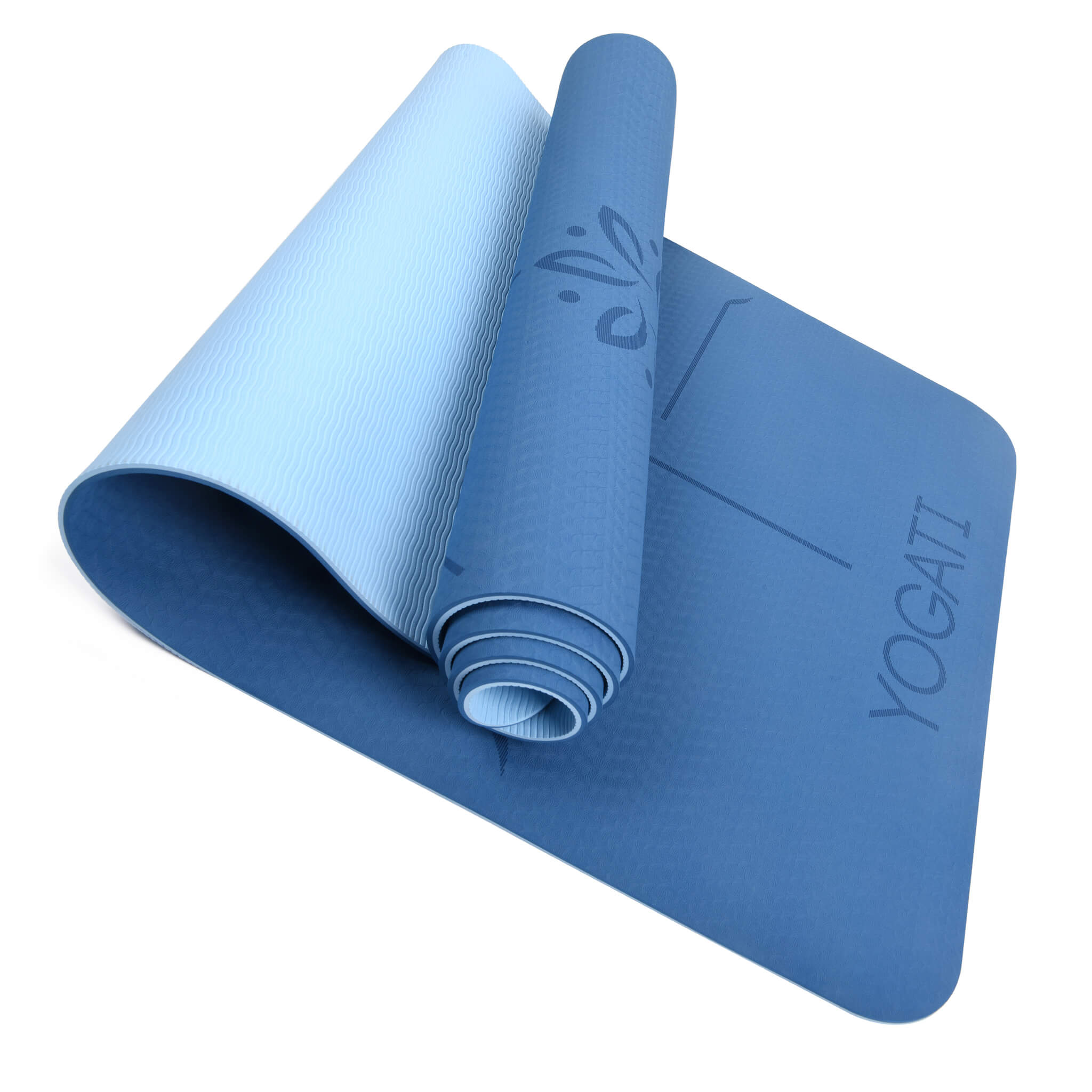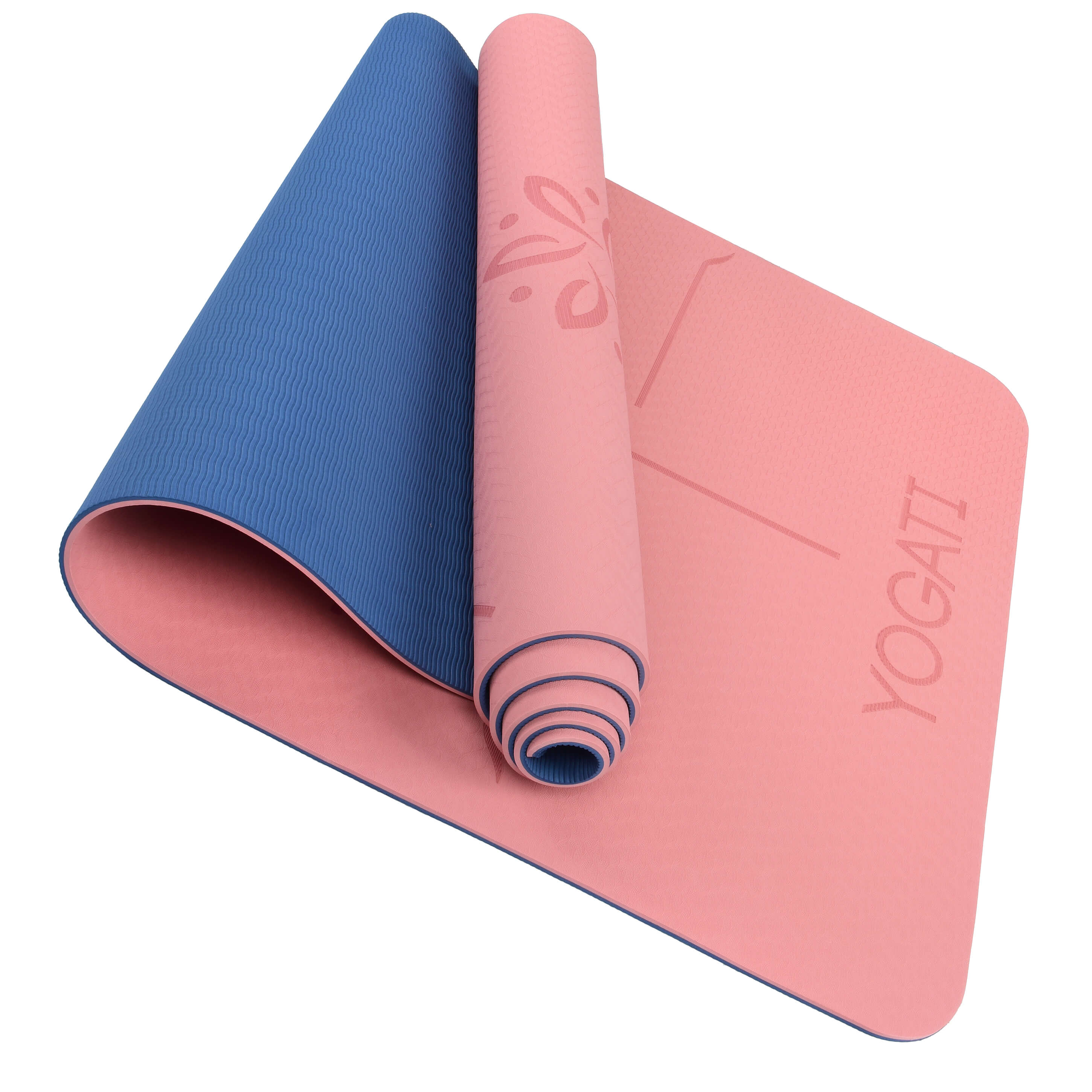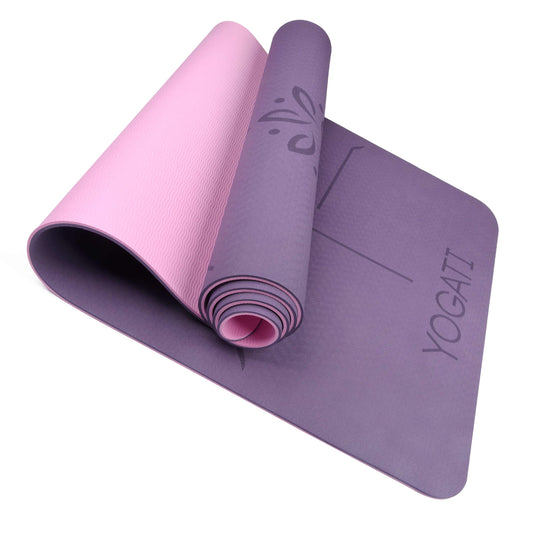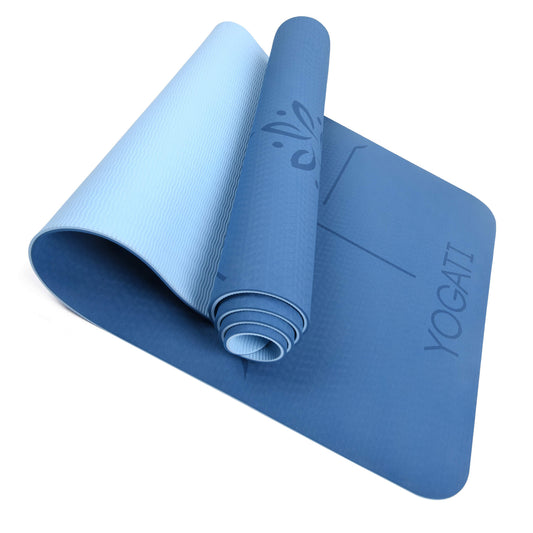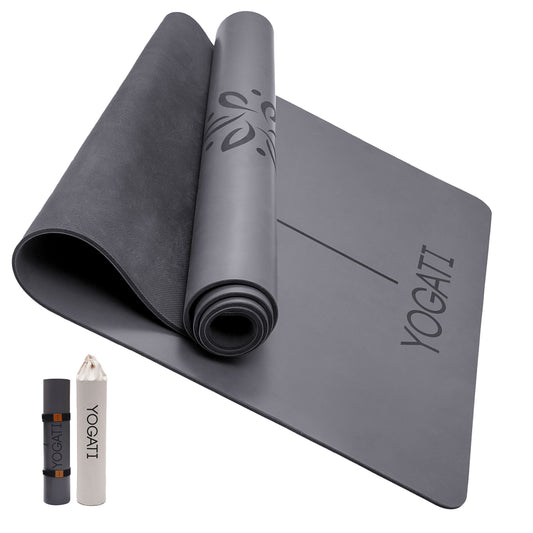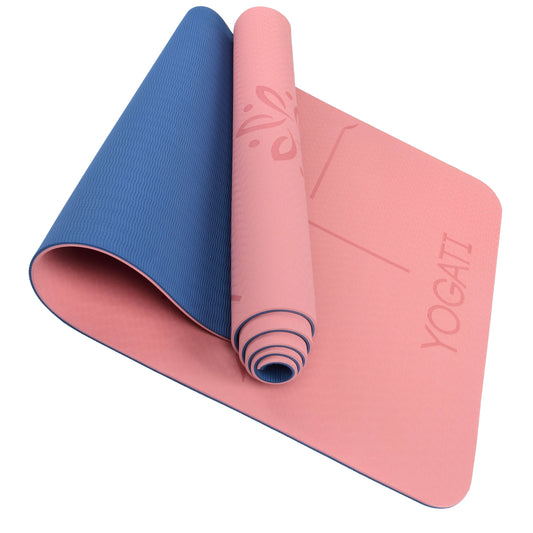Finding calm in the midst of the daily whirlwind can sometimes seem like an impossible task. This feeling of being both exhausted and alert can be confusing as to the true way to relax. Fortunately, yoga offers an array of options to help you gradually unplug and reach a state of deep relaxation.
The consequent effects of relaxation
Relaxation goes far beyond just temporary stress relief. When the ability to relax wanes, the adverse effects manifest quickly. Sleep becomes disturbed, stress sets in, digestion becomes disrupted, and the immune system weakens. This imbalance largely stems from the duality between the two components of the nervous system:
- the sympathetic nervous system (SNS);
- the parasympathetic nervous system (PNS).
These two elements inhibit each other, and when one is over-stimulated, the other weakens.
Strengthen the relaxation system through Yoga
Regular yoga practice offers a powerful way to strengthen the parasympathetic nervous system, thereby promoting deep relaxation. By consciously modulating this organ, yoga makes it easier to move from the active state (SNS) to the relaxed state (PNS). This transition is essential for recovery, digestion, sleep, and even hormonal regulation.
Varieties of yoga for relaxation
Yoga offers different techniques to cultivate relaxation. Dynamic approaches such as Hatha Yoga and Yoga Vinyasa prioritize tension reduction through bodily activity. Then, relaxation sets in naturally, particularly during Savasana, the final posture of relaxation.
Gentle Hatha Yoga, sometimes called Relaxation Yoga, promotes progressive relaxation of the body through gentle movements on the ground. This teaching promotes awareness and the methodical release of bodily tensions. It places particular emphasis on the relaxation of the diaphragm, thus facilitating deep breathing and total relaxation. Relaxation Yoga sessions also conclude with the Savasana posture.
Other paths to serenity
In addition to physical postures, other key methods include Pranayama, meditation, and Yoga Nidra. These practices are essential to achieve deep and lasting relaxation. Pranayama breathing exercises calm the mind, while meditation offers a calming perspective, allowing you to assimilate your daily experiences.
Restorative Yoga relies on comfortable postures supported by cushions and blankets to facilitate letting go. This method promotes deep relaxation, just like Yoga Nidra which guides the mind towards a state of intense relaxation.
Find the right time for relaxation
Relaxation can be incorporated at any time of the day, even with just a few minutes. It can begin in the morning, when fatigue sets in, or at the end of the morning to prepare the mind for lunch. After lunch, a short nap on the left side with a cushion can replenish energy. At the end of the day, relaxation releases accumulated tension, and a session before bedtime prepares for restful sleep.
The Importance of Savasana
At the heart of every yoga session is the ultimate relaxation posture: Savasana. Literally meaning "the corpse pose", Savasana requires special attention. Despite its apparent simplicity, it can be one of the most demanding positions in yoga. Lying on your back, you are confronted with your own mind, which is often resistant to relaxation.
Savasana allows recovery and regeneration, while facilitating the assimilation of the benefits of the yoga session. To take full advantage of this, be sure to create a comfortable and safe environment. As for the materials, you must use:
- a YOGATI yoga mat , quality, durable and ecological equipment;
- a blanket for warmth;
- a pillow positioned under the head and knees;
- a scarf to create darkness.
Yoga offers a powerful path to deep relaxation, a necessity for balancing busy lives. By understanding the interaction between the nervous systems and choosing appropriate approaches, everyone can find the inner peace they are looking for. Deep relaxation becomes concrete through regular practice and key moments like Savasana. This improvement in physical and mental well-being is achieved through these deliberate efforts.


